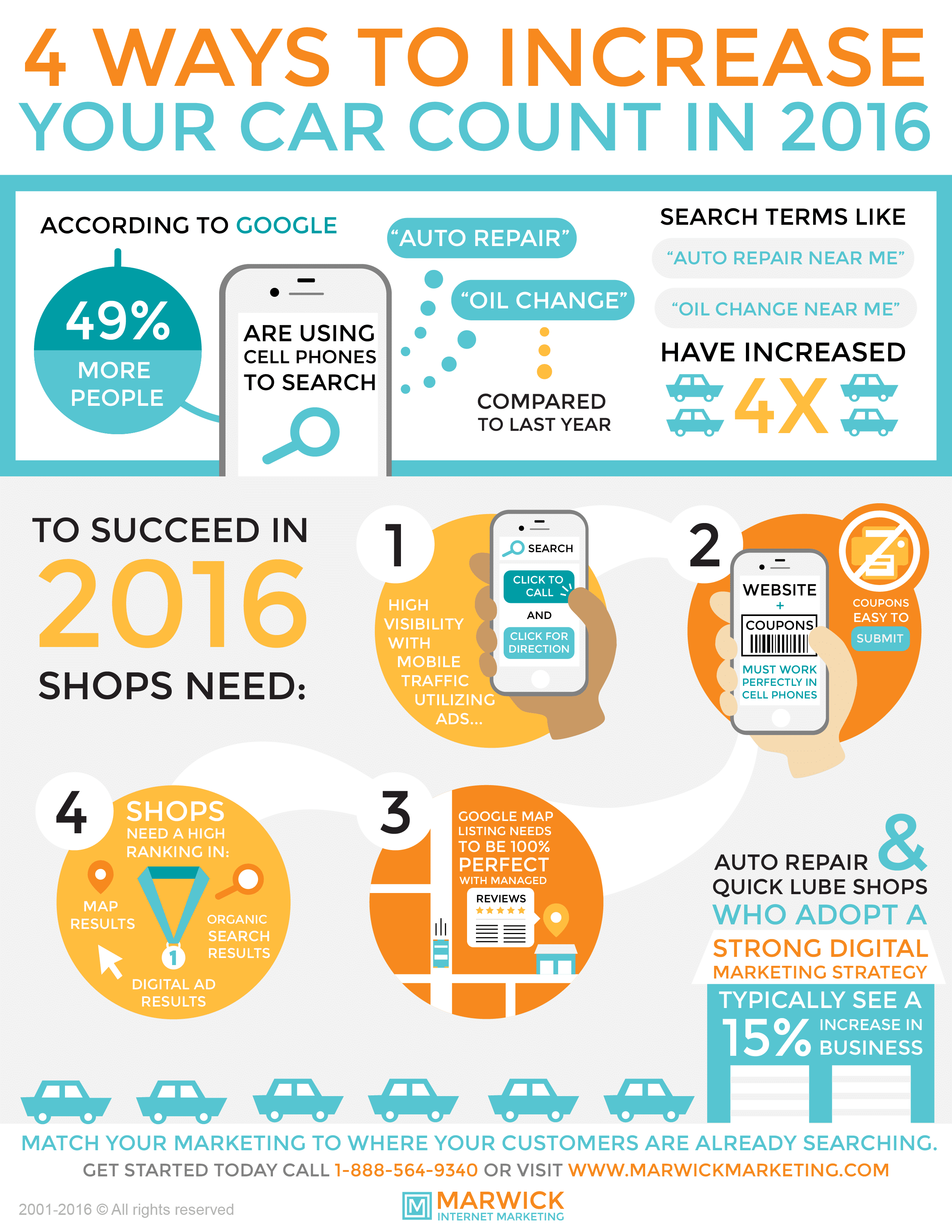Analyzing Your Car'S Warning Indicators: What They Really Share
Analyzing Your Car'S Warning Indicators: What They Really Share
Blog Article
Posted By-Boye Torres
When you lag the wheel, those beautiful caution lights on your control panel can be a little bit bewildering. Do you know what they're trying to inform you regarding your cars and truck's wellness? Understanding the importance of these lights is crucial for your safety and security and the durability of your automobile. So, the next time one of those lights turns up, would not you want to decode its message precisely and take the necessary steps to resolve it?
Common Warning Lighting and Interpretations
Determine typical caution lights in your automobile and recognize their definitions to make sure secure driving.
The most typical caution lights include the check engine light, which signifies problems with the engine or emissions system. If Suggested Webpage begins, it's essential to have your car checked without delay.
The oil pressure advising light indicates reduced oil stress, requiring instant attention to stop engine damage.
A blinking battery light could recommend a malfunctioning billing system, potentially leaving you stranded otherwise dealt with.
The tire stress surveillance system (TPMS) light alerts you to low tire pressure, affecting lorry security and fuel efficiency. Disregarding this can result in risky driving problems.
cargroomersauckland shows a problem with the anti-lock stopping system, jeopardizing your capacity to stop rapidly in emergency situations.
Last but not least, the coolant temperature cautioning light warns of engine getting too hot, which can lead to severe damage if not dealt with swiftly.
Comprehending these typical warning lights will assist you address problems promptly and preserve risk-free driving problems.
Relevance of Prompt Interest
Comprehending the common caution lights in your automobile is just the initial step; the relevance of immediately addressing these warnings can't be emphasized sufficient to ensure your security when traveling.
When a caution light brightens on your control panel, it's your automobile's method of communicating a prospective issue that requires attention. Disregarding these cautions can bring about much more severe issues in the future, jeopardizing your safety and security and possibly costing you more out of commission.
Motivate interest to cautioning lights can avoid break downs and accidents. As an example, a flashing check engine light might suggest a misfire that, if left neglected, might trigger damage to the catalytic converter. Addressing this quickly can conserve you from a pricey fixing.
Similarly, https://brakes49518.blog-mall.com/30825949/venture-into-the-domain-of-expert-vehicle-outlining-where-you-can-pick-up-from-the-proficiency-of-a-distinguished-expert alerting light might signal reduced brake liquid or used brake pads, essential elements for your safety and security when driving.
Do It Yourself Troubleshooting Tips
If you discover a caution light on your control panel, there are a few do it yourself troubleshooting tips you can attempt before looking for specialist assistance.
The first step is to consult your car's guidebook to comprehend what the specific caution light shows. In some cases the concern can be as easy as a loose gas cap triggering the check engine light. Tightening the gas cap might solve the issue.
Another typical problem is a reduced battery, which can trigger different cautioning lights. Checking the battery links for deterioration and ensuring they're safe might take care of the trouble.
If a caution light persists, you can attempt resetting it by separating the cars and truck's battery for a few minutes and then reconnecting it. Furthermore, checking your car's fluid levels, such as oil, coolant, and brake fluid, can assist fix cautioning lights related to these systems.
Verdict
To conclude, recognizing your auto's warning lights is necessary for keeping your car running efficiently and securely. By quickly resolving these informs and recognizing what they indicate, you can avoid costly repairs and potential failures.
Keep in mind to consult your auto's handbook for certain information on each warning light and do something about it appropriately to guarantee a trouble-free driving experience.
Stay educated, remain risk-free on the road!
